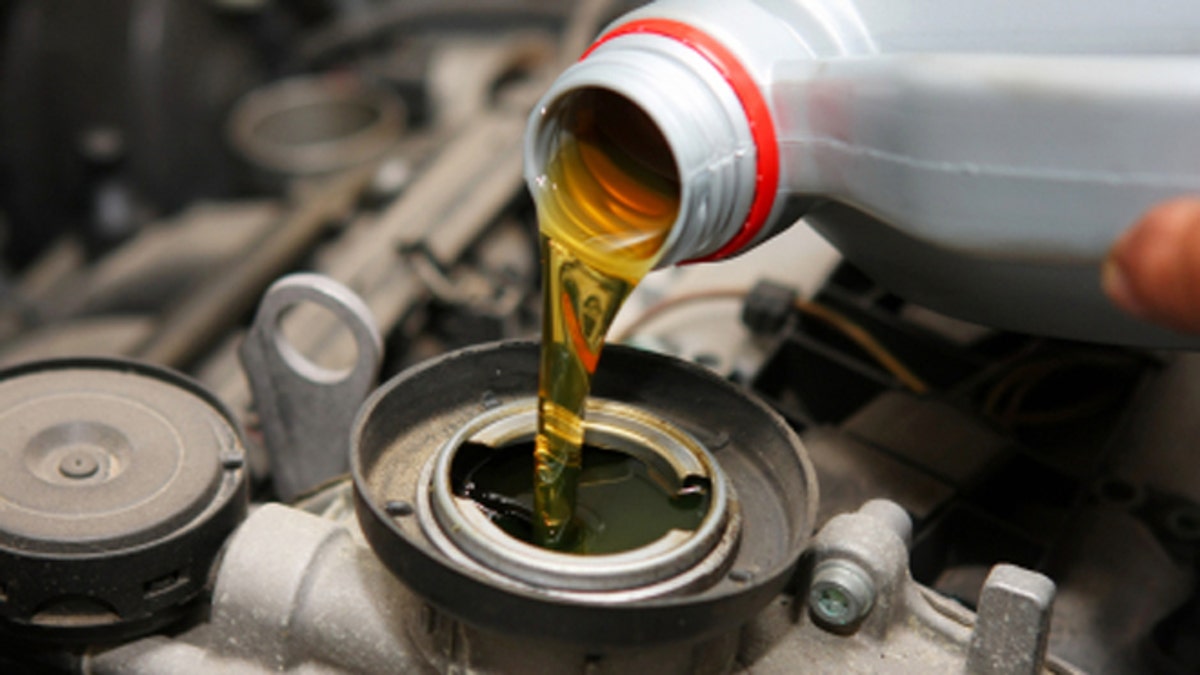
If you don’t change your oil regularly, corrosion, heat and abrasion will create sludge, which will corrupt your engine and cause it to fail prematurely. Estimates for the optimal oil change interval vary depending upon whom you ask. One safe rule of thumb is to change your oil approximately every 4 months if you drive frequently. If you don’t drive a lot, you can put off the oil change a little longer. Traditionally, mechanics advised getting your oil changed more frequently but changes in oil and engine quality have allowed for a larger grace period. Every car is different so it’s important for you to better understand the needs of your vehicle.
Traditional oil change timeline
Traditional auto-maintenance entails an oil change every 3 months or 3000 miles. Some gearheads still subscribe to this line of thinking, but most modern vehicles can last for longer than this.
Vehicle improvements and interval changes
Automobile manufacturers continually improve their products. Cars today are more resilient than ever and can persevere through more, and so can their oil. Of all the automobile writers working today, automotive machinist and AOL Autos’ maintenance Editor Tom Torbjornsen has written especially well on the circumstances that have sparked these improvements. Here is a rough synopsis of enhancements over the years: Environmental concerns over car exhaust caused more federal mandates over car manufacturing. These regulations demanded less tailpipe emission. To reduce emission, the engines needed to do more work, creating hotter engines. Hotter engines necessitated better engine lubricant. Better lubricant kept engine’s cleaner. Oils themselves have also improved tremendously in quality and no longer worsen as quickly when left in the crankcase environment. Consequently, your car can last longer between oil changes.
Check the owner’s manual
Since every car is different, every car requires different oil change intervals. The best place to start in determining you car’s specific oil change needs is your owner’s manual. Usually, manuals will give a timeline for ideal conditions and for rough conditions. What these manuals consider ideal is far less rigorous than what most of us would consider normal driving. So you should base your schedule upon the rougher conditions.
The filter
This cannot be stressed enough: you need to change your filter with every oil change. Ensure that you are using a high-quality filter. If the filter doesn’t function properly or under-performs, it could cause serious damage under the hood. You don’t want grime to disseminate throughout your engine. This will certainly result in failure.
Check levels
If you check the level of your oil every couple hundred miles, you can ensure that all is functioning well. It’s the least that you can do and it can save you endless headaches later if you catch these problems early.